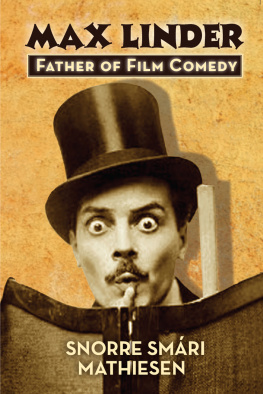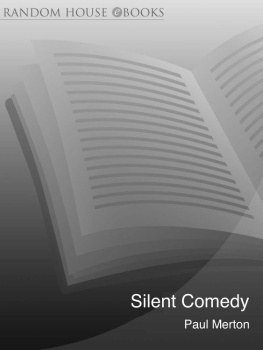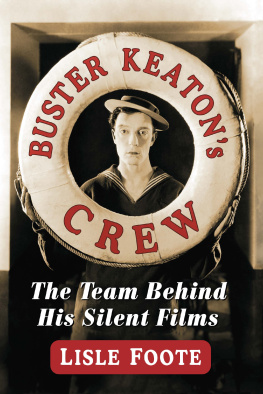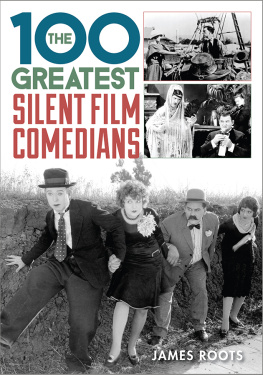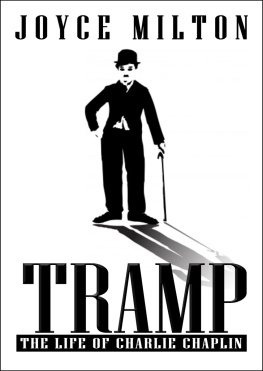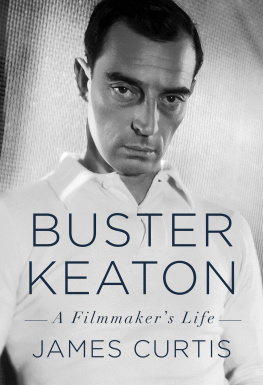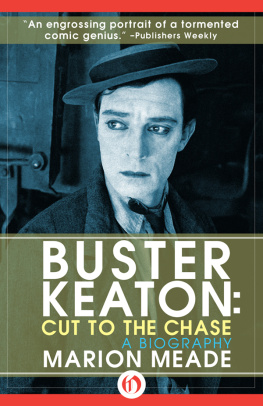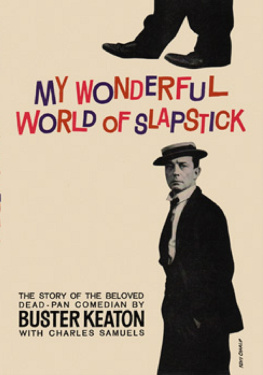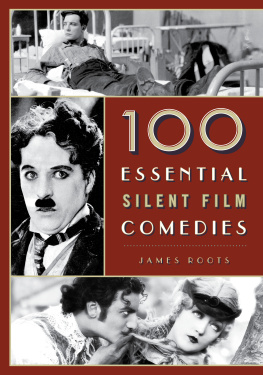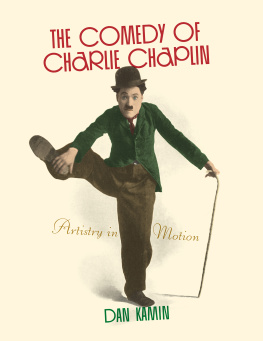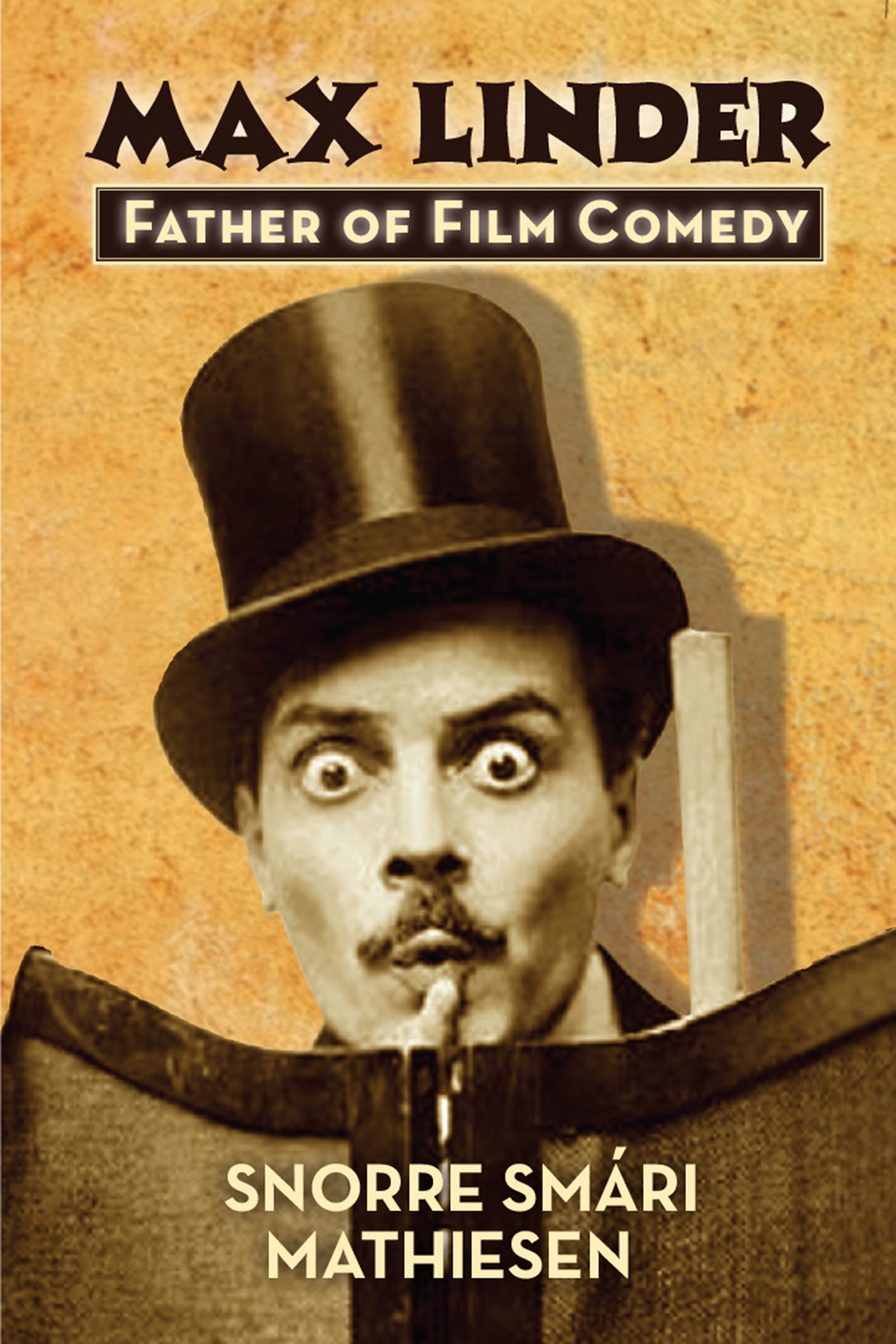This book owes an incalculable debt to Mr. Georg Renken, the prime Max Linder expert from Germany, who generously provided me access to material available on his website www.maxlinder.de, (which any fan of Linder is obliged to visit), including a vast collection of newspaper articles, as well as his painstaking filmography and incredible survey on Linders stage appearances between 1904-1908. Renkens Chronicle on Linders life was also very helpful. In addition, his expertise came to supreme use while I dealt with a court case (and jewel theft) in which Linder was involved in 1913, as Renken clarified the largely conflicting reports of this incident (see Chapter 12). He also came to the rescue while I wrote about an accident that Linder suffered around Christmas 1922, specifying the time and place of the mishap (see Chapter 18). I cannot thank Renken enough for all of this.
Many thanks also to Bibliothque Nationale de France, The Norwegian National Library, Elephind.com, as well as The New York Times, Aftenposten, and Dagens Nyheter, for their respective digitalized archives of old newspapers and various journals that have also been most useful as source material. Mr. Henri Bousquets own careful filmography of early Path releases including Linders also became very handy.
I am grateful to Mrs. Lisa Stein Haven, who thoroughly encouraged this project while writing an upcoming book on Linder of her own.
Thank you to BearManor Media, including Ben Ohmart and my editor David Menefee, for their belief in this project.
Finally, a bountiful thanks to Mrs. Maud Linder, who kindly responded to my letters with questions in 2006-2007, and whose tireless work to preserve the legacy of her father has proved invaluable to a generation of silent film fans.
Introduction
Max Linder was the first international movie star, equally popular in Moscow as in Buenos Aires, in Paris as in New York.
Such read the caption beneath a handsome publicity photo of Max, taken at the height of his worldwide fame, in Rune Walderkranzs Swedish book on film history, Filmens Historia: De frsta hundra ren Del 1, Pionjrtiden 1880-1920. I had been browsing through this huge brick of a book for several minutes and was just about to leave the rather cramped, used bookstore in central Oslo, having resisted the itch to spend all loose change thus far. The shot of Max in top hat, accompanied by Walderkranzs brief but eloquent summary of his career, had me enamored and I wound up emptying that weeks pocket money after all. It was January 2005; I was in my teens.
Although much too young to have had opportunity to absorb old-time flickers as much as a film historian would likely deem obligatory, Id been a diehard fan of silent comedy for several years even at that point in life, my fascination triggered when I first watched, and fell in love with, Charlie Chaplins Modern Times at eight. I soon developed a keen interest in other films of the era, as well as the era itself. With YouTube being still some years ahead in the future while I grew up, my local video store happily maintained a healthy supply of Chaplin and Buster Keaton on tape, as well as some of the fabulously hilarious Laurel & Hardy two-reelers (in sound, granted). Whats more, they also provided a couple of Robert Youngsons silent comedy cavalcades, The Golden Age of Comedy (1957) and When Comedy Was King (1960) thus ensuring my introduction to more forgotten stars, such as Harry Langdon, Roscoe Arbuckle, Mabel Normand, Ben Turpin, Snub Pollard, Billy Bevan, Will Rogers, and Charley Chase. Throughout my adolescence, I found these mirth-makers to make life jollier in a way that few contemporary comedians did; they aided me through some good and some less good times.
It was Rune Walderkranzs massive book that made me aware of Max Linder. Virtually none of his films had been available to me at the time, save for a few seconds of the short film, Vive la vie de garon ( Troubles of a Grass Widower, 1908), in an obscure Chaplin-documentary. I immediately wanted to know more about this stylish comedian, but was frustrated to discover that relatively little had been written about him in English (although in retrospect, I wondered if this didnt make him all the more compelling). I sought out all films of his that I could possibly find.
The absence of a book-length biography on Max Linder in English has struck me as rather curious in later years. This is an age, after all, where every major or semi-major comedian of the silent film era appears to be granted a book-length study in due order ranging from Ford Sterling to Lloyd Hamilton. There was a time once when only the greatest icons were considered worthy of thorough examinations, such as Chaplin, Keaton, Harold Lloyd, and barely Langdon and Arbuckle, but this has thankfully changed for the better in the last two decades or so.
Yet the attempts to compress Linders life story into book form have been few and far between. In fairness, there do exist a couple of books in French, most notably his daughter Mauds dazzling-looking biography in coffee-table format, Les Dieux Du Cinma Muet Max Linder (1992), and one study that Charles Ford did in the 1960s. Maud has also written an autobiography, Max Linder tait mon pere, which inevitably provides information on her father, as well. (I was about half-way through with this books manuscript when I learned that Lisa Stein Haven, author of several superb Chaplin books, was working on a book on Max Linder in English, but this has not yet become available as of this writing.)
It may seem only natural that the assortment in French is slightly superior, since Linder himself was a native of France and did by far most of his work there. Be that as it may, Linder differs from his French contemporaries Andr Deed, Charles Prince Seigneur in that he, to this day, is regularly mentioned in the same breath as Hollywood giants such as Chaplin and Keaton. One may partly explain this with the fact that Max did star in at least six American films, but, more importantly, his total body of work has simply aged better than that of any other film comedian prior to Chaplins debut in 1914. Confidently sporting upscale tuxedo and black top hat, Maxs graceful silhouette resembled an actual human being a real gentleman despite a frequent penchant for infantile impulses. He was, in the words of Rune Walderkranz, the first [character] in film history to be portrayed with psychological credibility and, amidst all the situational comedy, a certain finesse.
Unlike the cases of Chaplin or Keaton, the prospect of scrutinizing Maxs body of work remains limited at best, since most of his hundreds of films are lost. I will provide personal reviews of a selection of individual titles, along with contemporary press reviews, preferably not just from France or the United States, but also several more European countries, including, when possible, my home country, Norway. With this I hope to illustrate the degree of Maxs international fame during his lifetime. (I will not cover every single film he made, or even all of his films that I have been able to view myself.) Beware that I will also provide some information on film history, which to some may appear redundant, as I wish to make the book user-friendly to readers not too familiar with early films. (A few things should be evident to all readers, such as the fact that motion pictures initially and for several decades were silent.)

